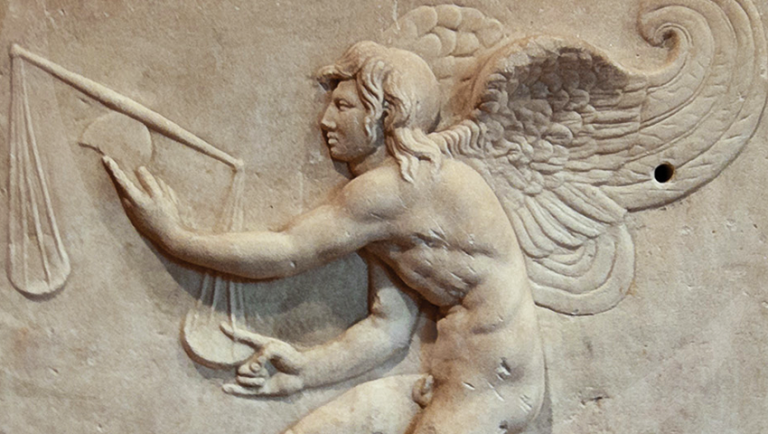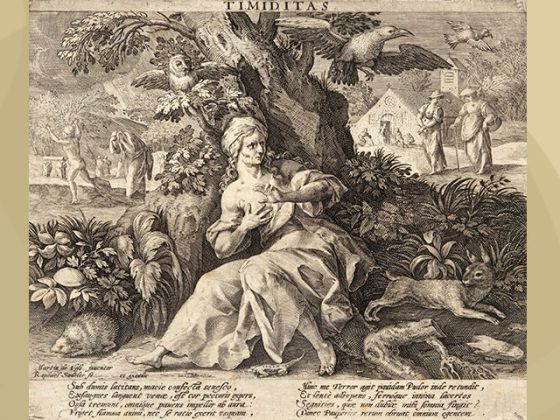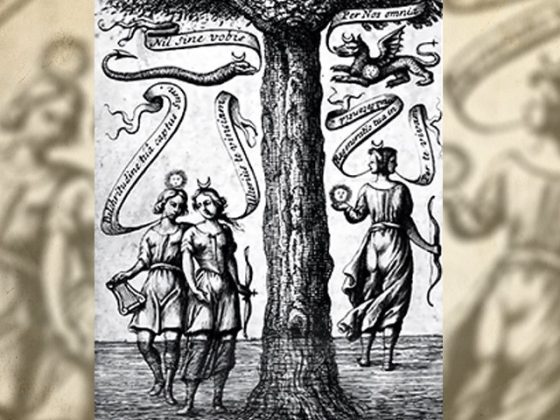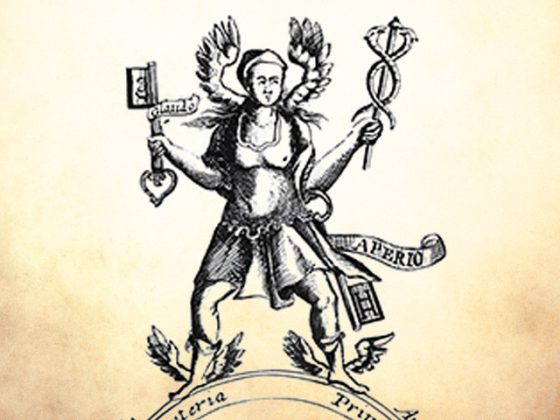Dear companions:
I hasten to send you the present engraving entitled…
…TEMPVS AND OCCASIO SVA EXPLICANT MVNIA
We will begin by quoting this:
Kairos ─καιρός─ is an ancient Greek word meaning ‘the right or opportune moment', ‘opportunity', a point in time when change is possible. Unlike Cronus, who among the Greeks designated sequential, physical, quantitative, measurable time, Kairos designates qualitative time, the privileged moment of action, history, personal fulfillment, etc.
Today, the term is used in theology to describe the qualitative form of time. In rhetoric, the term kairos represents a brief moment in which an opportunity arises that must be seized with full force to achieve success.
As an anthropomorphic representation as the youngest son of Zeus, he is mentioned by the historian Pausanias (110-180) in his book Description of Greece.
“Very close to the entrance to the stadium ─of Olympia─ there are two altars: one is called the altar of Hermes of the games, the other the altar of Kairos…”.
Another famous statue of Kairos or Caerus is the one made in Sicyon ─ancient city of Greece─ by Lysippus (390-318), the favorite sculptor of Alexander the Great.
“There are several descriptions of the famous Kairos of Lysippus which may have been in the courtyard of some temple in Sicyon, but which later passed to Constantinople. The figure was on a ball, thus signifying the instability of the occasional; he wore around his ankles the straps with wings that the Romans called talaria and that are attributed to so many divinities; in his hand a knife, with the allusion either to the instantaneity with which this moment cuts, or to the narrowness of its edge as a symbol of instability also; his hair being very long in the front part, as an indication that any forewarned man can easily seize the opportunity, and at the back he is bald, because, once the occasion has passed, it cannot be recovered.”
─Palatine Anthology (Hellenistic Epigrams)─.
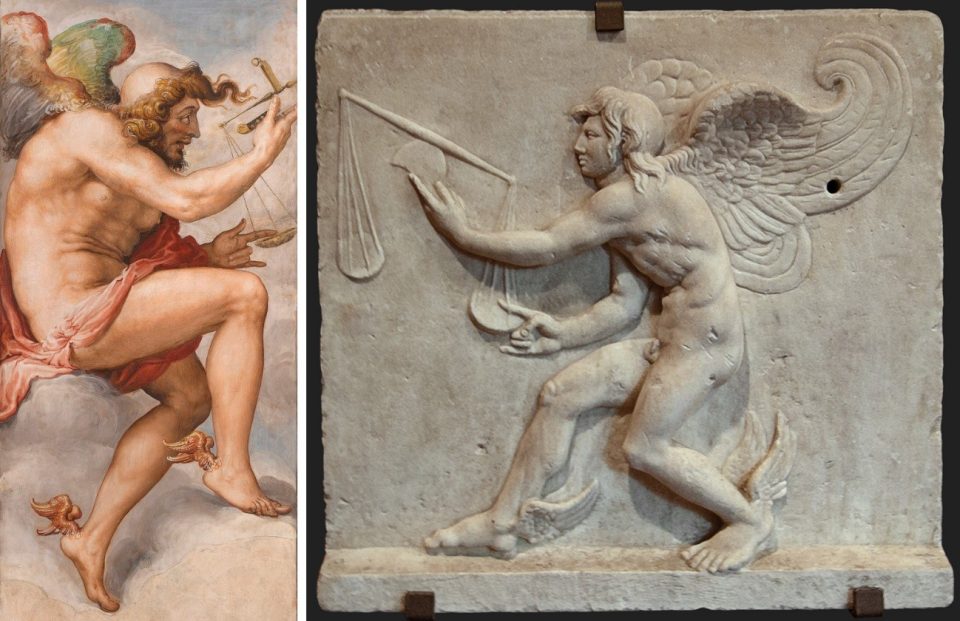
Right: Kairos, a Roman work based on the original by Lysippus, ca. 350-330 BC, Turin, Museum of Antiquities.
The curved position of the body, in movement, is interesting.
The Latin translations caused the loss of the special meaning of the word Kairos, being translated as OCCASIO ─opportunity─ or FORTUNE, which also meant a change of gender from masculine to feminine.
A series of engravings made by the Flemish publisher Theodoor Galle to illustrate the book Occasio arrepta neglecta ─'Wasted Opportunity'─, written by the Jesuit Ioanne David (1546-1613) and printed in 1605, is perhaps a representation of OCCASIO closer to the Greek conception. The central concern of the work is the correct use of time and opportunity for the benefit of the soul, showing in a sequence of images Tempvs ─time─ and Occasio ─opportunity─ in interaction with obedient and negligent young people. The first illustration is TEMPVS ET OCCASIO SVA EXPLICANT MVNIA from the first chapter, where the main characters of the book are presented ─Occasio and Tempus─, their functions, symbols and the attributes they have.
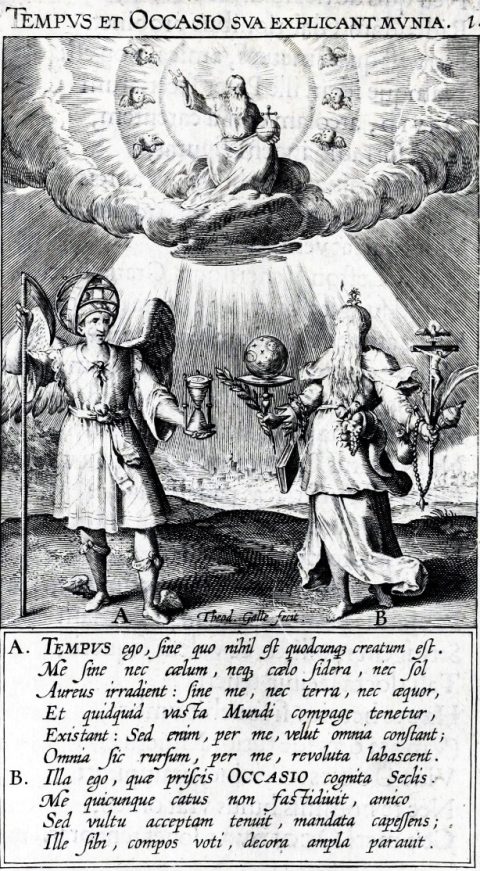
«TEMPVS ET OCCASIO SVA EXPLICANT MVNIA
A. Tempus ego, sine quo nihil est quodcumque creatum est.
Me sine nec caelum, neque caelo sidera, nec sol
Aureus irradient: sine me, nec terra, nec aequor,
Et quidquid vasta Mundi compage tenetur,
Existant: Sed enim, per me, velut omnia constant;
Omnia sic rursum, per me, revoluta labascent.B. Illa ego, quae priscis OCCASIO cognita Seclis.
Me quicunque catus non fastidiuit, amico
Sed vultu acceptam tenuit, mandata capessens;
llle sibi, compos voti, decora ampla parauit».
Translation:
TIME AND OPPORTUNITY DECLARE THEIR DUTIES.
- I am time, without which nothing is created. Without me, no sky, no star in the sky, no golden sun would shine; without me, neither the land, nor the sea, nor everything that is preserved in the vast structure of the world, exists. Because, however, through me everything exists, so to speak. All so, once again, through me it spins and falls apart.
- I am the one who was known in ancient times as OPPORTUNITY. He who is shrewd has not despised me, but has taken me with a kind countenance, clinging to fate; he, fulfilling his promise, prepared abundant ornaments.
V.M. Samael always insisted on the need to break with the implacable destiny that always leads us to stupidly comply with the mechanicity with which we are manipulated from existence to existence. This struggle is posed in the so-called Revolution of Consciousness, with its three factors that are well-defined in our doctrine…
In order to realize ourselves we need to fight against the current of circumstances that Samsara presents to us every day as a way of disarming us in the face of the possibility of achieving our integration with our REAL BEING.
That is why in our first engraving we observe:
- The mythological character Kairos holding a scale with his right hand. The scale is our very destiny, but Kairos ─representing opportunity─ balances it by trying to procure for himself circumstances favorable to his desires. This tells us that, if we remain in a state of alert novelty, permanently alert, we could at a sudden moment make a decision that turns our life around, breaking the spell of what is called “destiny” has cast on us. In this way we get out of the mechanical current that has kept us, existence after existence, tied to the laws of return and recurrence.
- The same character shown according to the conception of the same phenomenon according to the statue of the Romans preserved in Lysippus and in the museum of Turin, in Italy.
Later, as we descend to the second engraving, we see an enormous cloud, in the center of which we find the FATHER OF ALL LIGHTS holding the globe with a cross on top of it. This gives the Lord of all Lights the status of IMPERATOR over creation itself. Some Elohim or Angelic Choirs are around him to tell us that the Father works with the help of the divine hierarchies.
In the center of our second engraving we can see two figures:
- One that shows us SATURN, allegorizing destiny here and carrying an hourglass in his left hand. This would be time, from the quantitative point of view. In his right hand he carries his unique scythe with which he puts an end to a manifestation ─ human, plant or animal ─ whenever he feels like it. This character wears wings on his ankles to emphasize what we have commented in previous paragraphs, that is: that time runs faster than your dust. The crown he wears on his head makes us understand that he rules over humanity as long as it remains with the Consciousness asleep.
- The other figure is feminine ─it represents opportunity─. She carries in her hands various symbolic elements. Let us first of all point to the Christian crucifix and rosary as an invitation to persevere in prayer when we want to leave the prison of our existence to take a leap toward higher goals. Let us remember that the intimate Christ can negotiate many of our ─negative─ aspects with the Lords of Destiny so that we are allowed to travel along other paths of a superior kind. In the right hand of this lady we can see a plate on which there is a sphere ─symbolizing our world─, to indicate that she, the Opportunity, can occur in any place in our orb where we are at a given moment. Likewise, it is good to point out that Opportunity carries in her right hand a crown and laurel branches; both are symbols of triumph. In this case we must affirm with the V.M. Samael that man was born to be king of creation and not a slave of it, since we were made in the image and likeness of the Theomegalogos. From the other arm of Opportunity hangs a bag of money ─dharmic capital─, and she also has palm leaves of the kind we use on Palm Sunday. Likewise, we must note that the lady representing Opportunity wears her hair down and part of it covers her face a little. It is good to know, on the other hand, that Opportunity carries with her the horn of plenty ─horn of Amalthea─, from which a variety of fruits emerge. And finally, let us point to a book or missal that hangs from her right arm. It should be noted, on the other hand, that Opportunity carries with her left hand an incense burner, an instrument linked to mysticism and prayer. At the top of the cross of the Redeemer we see the dove of the Holy Spirit to form in this way the divine trilogy: Father, Son and Holy Spirit.
I would now like to offer you some phrases to be reflected upon:
“The richness of the soul is the only wealth; the other goods are fruitful in sorrows.”
Lucian of Samosata
“The rich one begs for a look, he contemplates you, and suddenly sees himself being poor as a beggar and rich as a prince.”
Goethe
“Nothing contributes to joy less than wealth, and nothing contributes more to it than health.”
Schopenhauer
“It is as difficult for the rich to acquire wisdom as it is for the wise to acquire their riches.”
Epictetus
“The shortest way to get rich is to despise riches.”
Seneca
SIC TRANSIT GLORIA MUNDI.
─'Thus passes the glory of the world'─.
KWEN KHAN KHU


